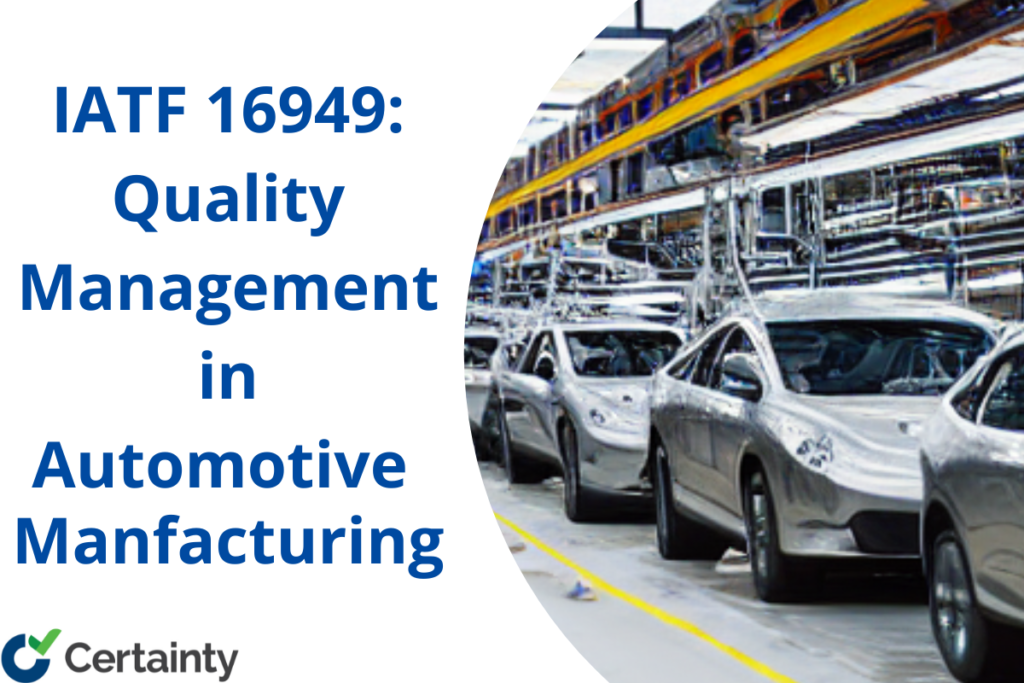IATF 16949:2016 is a quality management system (QMS) standard specifically developed for the automotive industry. It was created by the International Automotive Task Force (IATF) and is based on the ISO 9001 international standard, with additional requirements to support the unique characteristics of the automotive industry. Like ISO 9001, IATF 16949 is based on Deming’s plan, do, check, act cycle of continuous improvement. […]

What are Scope 1, 2, and 3 Emissions?
Scope 1, 2, and 3 emissions are the three categories of greenhouse gas emissions that are commonly reported by businesses. These categories of carbon emissions, which were established by the World Resources Institute’s Greenhouse Gas Protocol (GHG Protocol), are used to help organizations track and manage their greenhouse gas emissions in a consistent and transparent manner. […]

4 Tips for Reaching Your ESG Goals in 2023
Environmental, social, and governance (ESG) issues have become increasingly important in recent years, with a growing number of stakeholders, including investors and consumers, calling for companies to prioritize sustainability and social responsibility in their business practices. In response to this demand, many businesses have begun to incorporate ESG initiatives into their operations, including setting ESG goals as part of their overall business strategy. […]
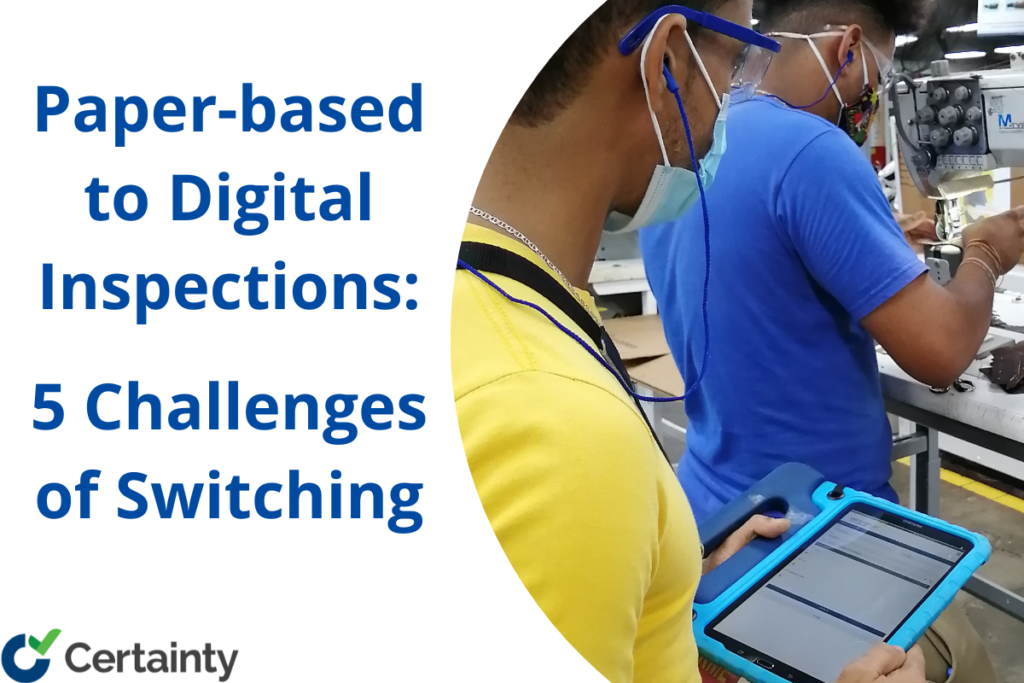
5 Challenges When Switching From Paper-based Inspections to Digital Inspections
Table of contents If you are a business that relies on paper-based inspections, you are likely familiar with the challenges that come with this type of system. Paper-based inspections can be cumbersome and inefficient, from time-consuming data entry to the difficulty of tracking and storing inspection data. Fortunately, there is a better way. Digital inspections […]
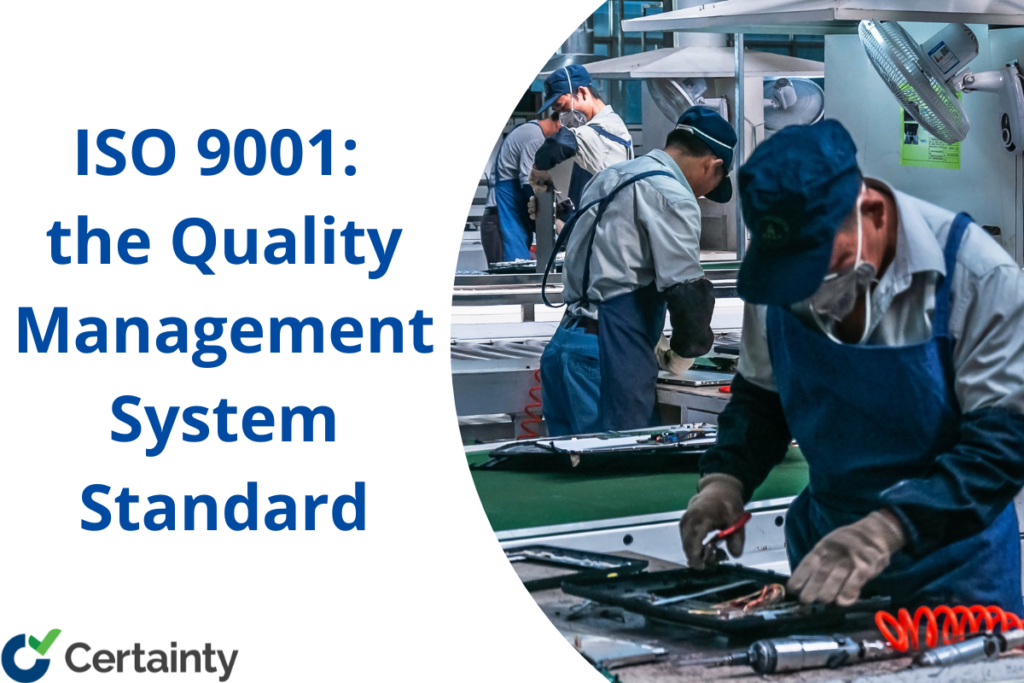
ISO 9001: an Overview of the Quality Management System Standard
The international standard in quality management systems (qms), ISO (International Organization for Standardization) 9001 is currently certified by over one million organizations and companies in over 170 countries (ISO). Built to be used by any business no matter the size, industry, or location, the objective of the ISO 9001 standard is to set clear guidelines for building an optimal quality management system that ensures quality, consistency, and customer satisfaction. […]

ISO 14001: Environmental Management System Standard
The ISO 14001 standards ensure a business’s scope of the environmental management system meets the ISO requirements for environmental management systems. […]
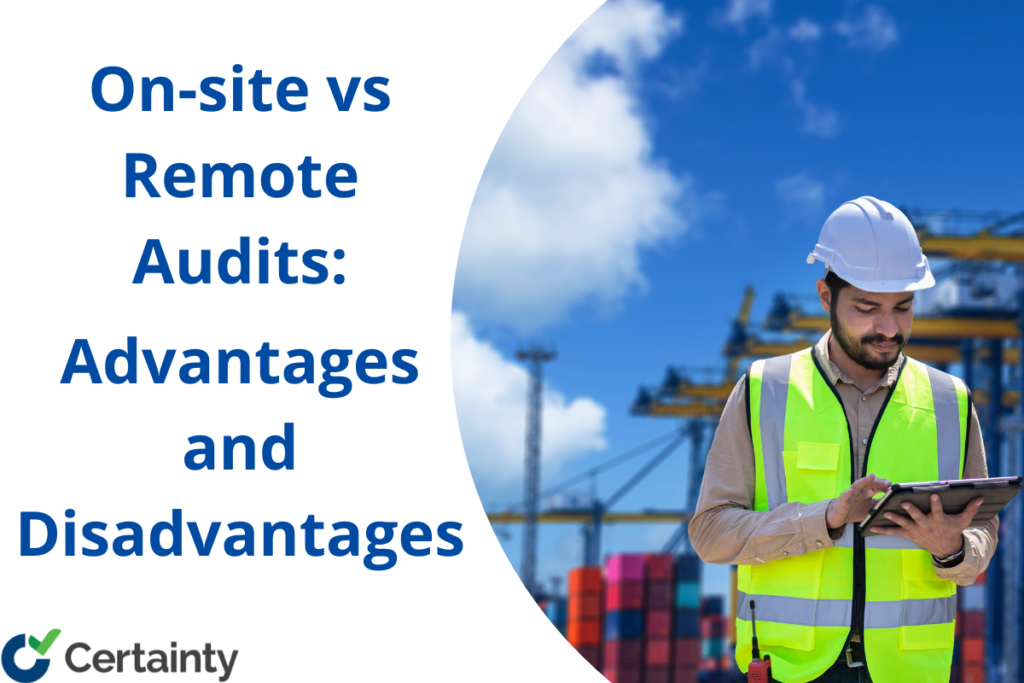
On-site vs Remote Audits: Their Advantages and Disadvantages
The Covid-19 pandemic quickly pushed businesses to remote work and to digitize previously manual processes. The same was said for the business’s external and internal auditing processes. As health and safety risks of the global pandemic increased, the traditional way of auditing primarily on-site needed adjusting towards remote auditing. This is only magnified for businesses involved in a globalized supply chain that regularly audits their suppliers. […]

What is VDA 6.3?
VDA 6.3 is a guide to process auditors and outlines the certification requirements for process-based audits and for evaluating controls in the manufacturing process. The internal analysis process of VDA 6.3 focuses on customer satisfaction with customer-specific requirements. […]
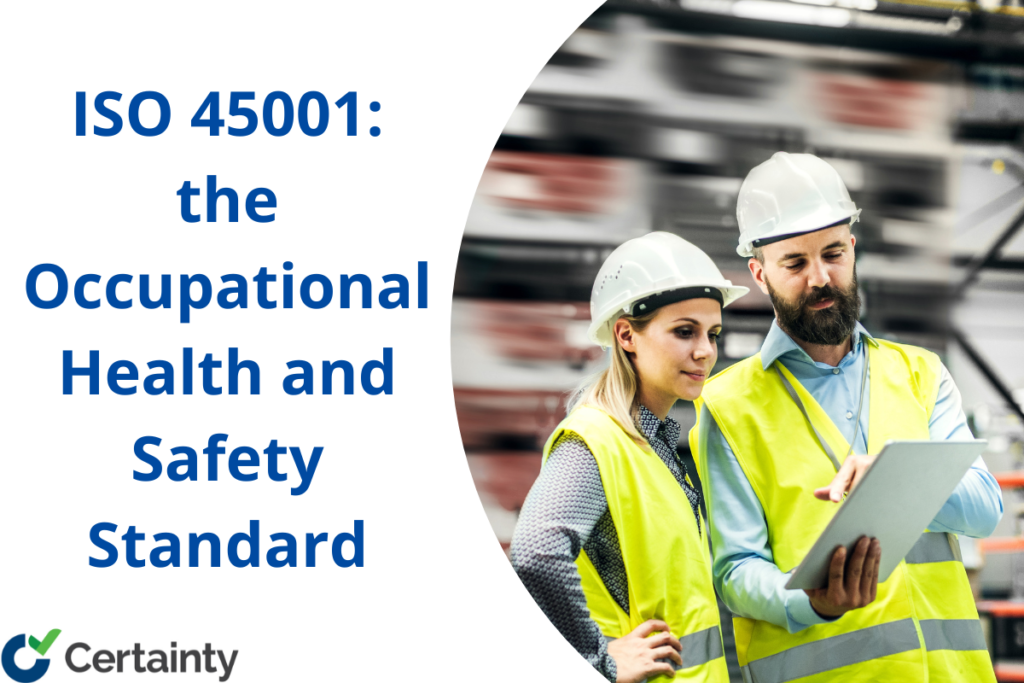
ISO 45001: the Occupational Health and Safety Standard
Workplace injuries are a prevalent problem for companies and a costly one at that. The International Labor Organization (ILO) estimates approximately 340 million workplace accidents annually. From a cost perspective, these accidents can result in potential lawsuits, incurring medical expenses, increased insurance premiums, and an overall loss in productivity. Equally important is the damage to your company’s reputation with your customers or clients. […]

OSHA Recordable vs Reportable: What are the Differences?
OSHA filing and report submissions can be a daunting task for the 8 million US OSHA-compliant worksites. Confusion about whether a work-related incident is recordable or reportable is a challenge for many businesses. However, it’s important to get it right or face the risk of being penalized.
To help simplify the processes, we’ll clarify what separates an OSHA recordable incident from an OSHA reportable incident. […]

